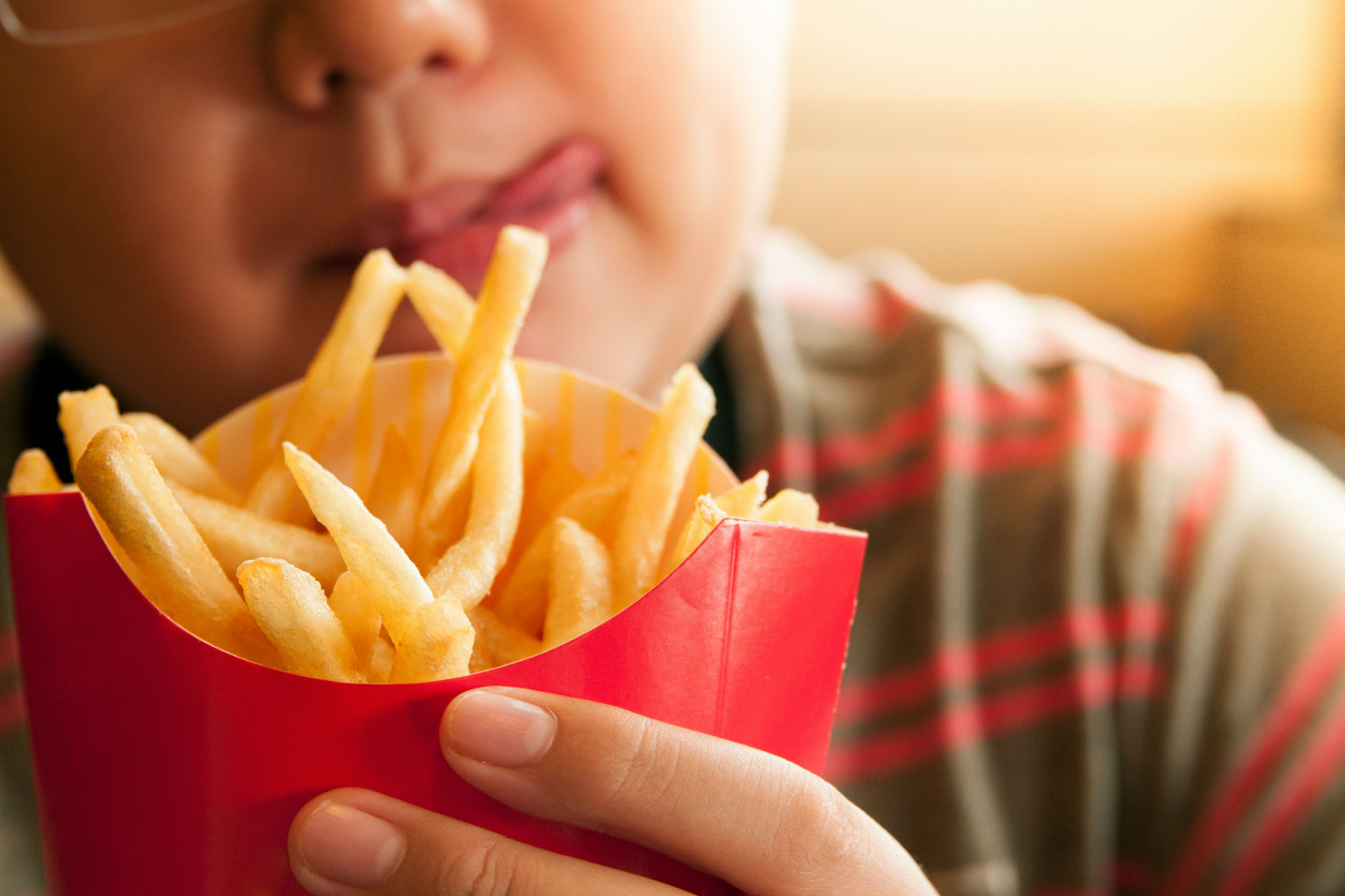
Babies and toddlers who are chubby are often thought of to be feeding and eating well, and being healthy overall.
But if this chubbiness continues throughout childhood, should this be a cause for concern for parents?
While not all overweight children go on to become overweight adults, obesity in adults often has its roots in childhood.
What is Childhood Obesity?
There are many ways to determine whether a child is obese, with excess body fat being one of the most common measures.
In Singapore, the weight for height chart and one’s Body Mass Index (BMI)is most commonly used to determine obesity.
Obesity in both adults and children leads to chronic illnesses such as diabetes, hypertension, sleep issues and osteoarthritis. Children who are obese also face social and self-esteem issues as they struggle to establish friendships, maintain peer support and express themselves without the fear of being judged.
Doing all we can to prevent children from becoming overweight is more manageable than to treat chronic illnesses that arise from obesity. Understanding the causes of childhood obesity is a great step to take towards prevention.
Read also: Tried-and-Tested Ways to Get Kids to Eat More Vegetables
Causes of Childhood Obesity
Childhood obesity can be attributed to a mix of genetic and environmental factors.
For example, eating foods from all food groups in excessive amounts, especially fats, leads to excessive consumption of calories. This, coupled with a lack of exercise and a highly sedentary lifestyle, increases one’s risk of being obese.
What Can We Do to Curb Childhood Obesity?

When it comes to managing childhood obesity, there are a few factors to be considered and examined.
For one, parents would then seek help from health and nutritional professionals and get onboard an obesity management programme. Throughout the course of the programme, the focus will be on decreasing caloric intake and increasing energy consumption through exercise and leading an active lifestyle.
In addition, recommendations on lifestyle changes will also be made for the child and his/her family to increase the effectiveness of the programme.
Age-Appropriate Exercises for Children
Exercising regularly encourages one to burn energy gained through the food that we consume while building and maintaining healthy bones, muscles and joints.
For children, the benefits of exercise extend beyond weight control and improved fitness levels – it helps to develop their eye-hand and eye-leg coordination and better maintains their blood sugar levels too.
To get your young ones started on adopting an active and healthy lifestyle from the early years, here are some age-appropriate physical activities that you can incorporate in their day-to-day routine:
1 to 3 years old
Physical activities that incorporate play with active movement are perfect for toddlers in this age group. Do note to change and rotate these activities frequently as their attention span is rather short in the early years.
- Touch, pick and feel items around them and progress to climbing and jumping
- Kick a ball
- Ride a tricycle
3 to 6 years old
Your child’s fine and gross motor skills are becoming more developed at this stage and they are starting to walk more steadily. Do encourage him/her to participate in activities that develop his/her muscles, strength and coordination such as:
- Riding a tricycle or bicycle
- Running
- Skipping
- Hopping
- Swimming
6 to 12 years old
Your child’s strength, physical ability and coordination have progressed by leaps and bounds during these years. The choice of his/her activities will also be influenced by his/her interests, physical ability and involvement of family and friends.
You can encourage your child to participate in activities that focus on aerobic conditioning, strength and endurance such as:
- Running
- Climbing
- Swimming
- Jumping rope
- Ball games






















